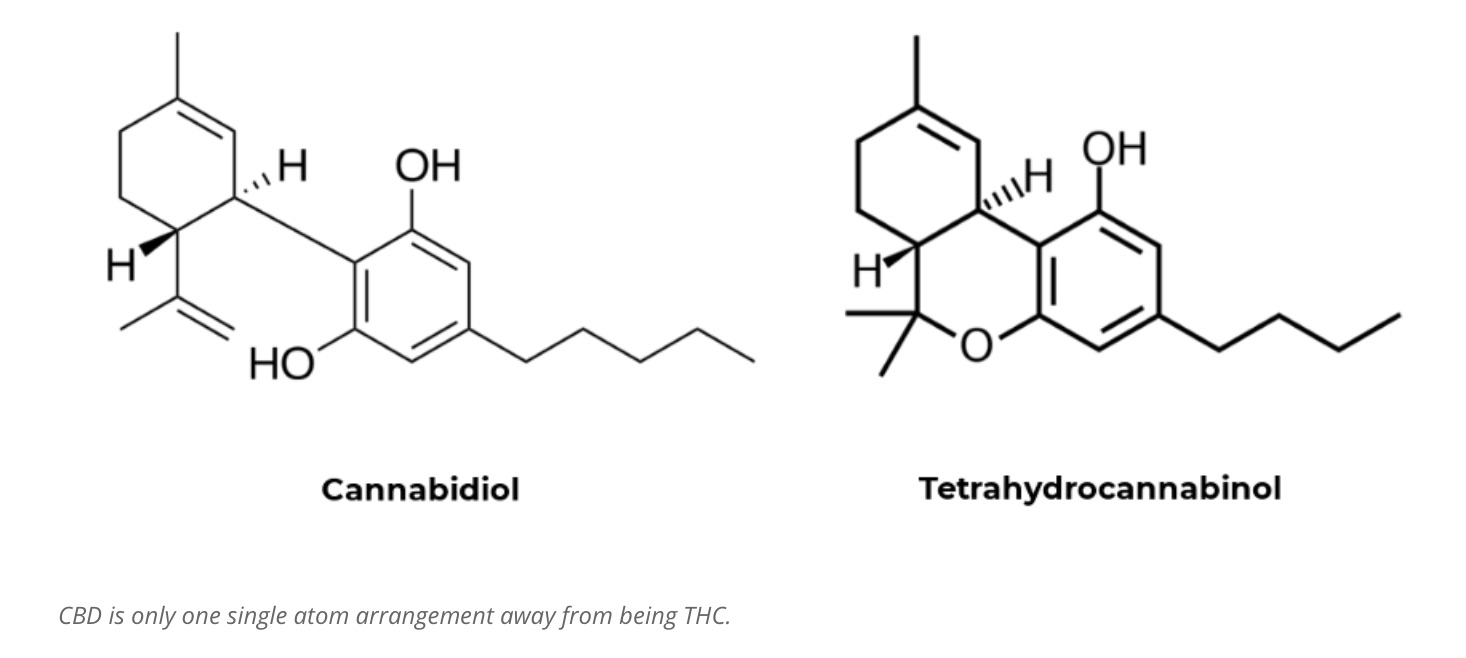It’s worth mentioning a few terminologies used in the industry.
Cannabis is a formal medical name for the plant, with the full scientific name being cannabis sativa.
Marijuana on the other hand, is a slang word for the cannabis plant and came from the Mexican Spanish word “marihuana”. It was a term popularised by opponents of cannabis in 20th century America to create stigma.
Hemp meanwhile, is a strain of the cannabis sativa plant with slightly different properties. Legally speaking, hemp is defined as a cannabis plant that has less than 0.3% THC (0.35% in Australia), while marijuana contains more than 0.3%.
And what are THC and CBD ingredients that are so frequently mentioned?
CBD (cannabidiol) and THC (tetrahydrocannabinol) are the active ingredients or cannabinoids that are produced in nature by the cannabis/hemp plant.
There are over 100 cannabinoids present in the cannabis plant, but only a handful has been investigated – with CBD and THC being the most studied.
Interestingly, both compounds have the exact same molecular structure: 21 carbon atoms, 30 hydrogen atoms and 2 oxygen atoms.
But there is one slight difference in atom arrangement, and this makes all the difference in the way they affect the human body.

Sure we can get similar stimulation or relaxation effects from both CBD and THC, but only CBD is completely non-psychoactive, which means we’re unlikely to get high from it.
According to a report from the World Health Organization, “in humans, CBD exhibits no effects indicative of any abuse or dependence potential”. In other words, we’re not likely to become addicted from consuming CBD.
THC meanwhile is the psychoactive stuff that gets people high and addicted.
For a long time, THC has actually been the poster child of cannabis, but medical science is now pushing for CBD oil because it offers similar therapeutic benefits to THC without the negative side effects.